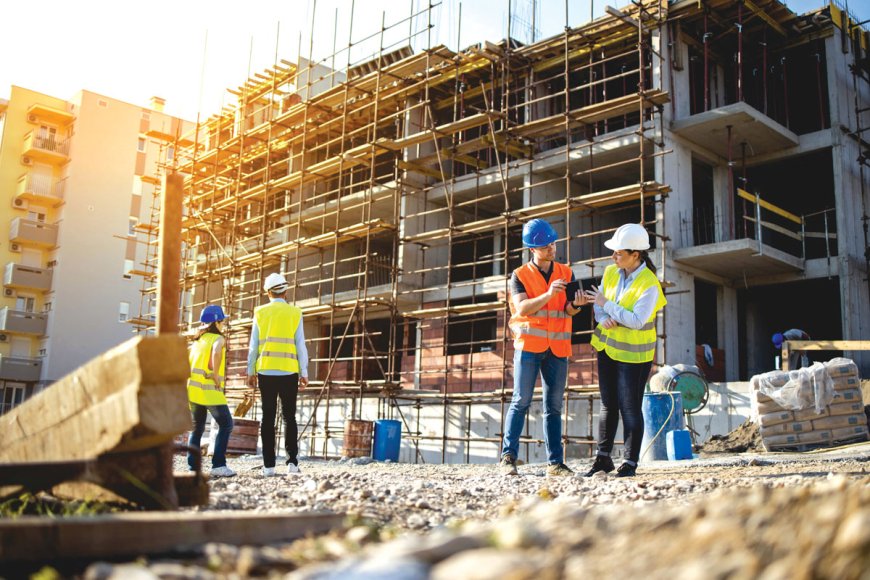Importance of CRITICAL RISKS SAFETY AUDIT in India's construction sector

India's construction industry, employing over 7.1 crore workers, is the second-largest employment generator after agriculture. However, this sector also faces a significant challenge due to the high number of accidents, injuries, and fatalities. According to a study, the construction labour force in India, comprising 7.5% of the global labour force, accounts for 16.4% of fatal occupational accidents worldwide.
To address this issue, it is crucial for construction companies and developers to adopt a proactive approach, such as regularly conducting a specialized critical risks safety audit for their businesses.
What is a critical risks safety audit?
A critical risks safety audit thoroughly examines situations that carry significant risks of injury or harm to individuals and assets. This audit rigorously assesses high-risk tasks, including working at heights, confined space entry, lifting operations, electrical and fire safety, ground excavation, contractor safety, and specialized areas like molten metal handling.
The audit also scrutinizes an organization’s leadership commitment, accountability, risk assessment and management practices, and permit-to-work procedures in detail. It includes comprehensive engagement with all employees, on-site inspections, and meticulous examination of documentation.
Benefits of critical risks safety audit
• A critical risks safety audit offers several benefits for businesses involved in high-risk operations, such as the construction sector.
• Provides an effective hands-on hazard reduction learning tool opportunity for construction workers.
• Helps establish a forum for identifying safety hazards and is a deep dive into gauging the implementation of hazardous work activities.
• Increases awareness and promotes positive behavior among workers regarding safety.
• Improves the construction company's safety record by reducing accidents, injuries, near misses, and physical hazards.
• Facilitates root cause analysis and corrective actions to eliminate hazards.
Understanding the process of a critical risk safety audit
The audit process involves the active engagement of every employee within the organization and is conducted across four distinct phases:
Leadership commitment and planning: Begins with securing leadership commitment and meticulous planning, setting the stage for thoroughly examining safety protocols.
Implementation and operation: Following the planning phase, the audit moves into the implementation and operation stages, where plans and safety measures are implemented across the organization.
Monitoring and measurement: During this phase, performance is closely monitored to evaluate the effectiveness of implemented safety protocols, ensuring alignment with organizational goals.
Evaluation and continuous improvement: The final phase involves evaluating the audit outcomes and initiating continuous improvement initiatives to enhance safety protocols over time, building a culture of constant safety enhancement within the organization.
Key takeaways
Industries like construction that constantly deal with hazardous operations require prioritized critical risks safety audits. Continuous evaluation and enhancement of the systems are essential for improving safety performance across all departments. Policies, systems, and risk control techniques should be regularly monitored.
Collaborating with globally recognized audit and consultancy services firms that offer reliable methods for organizational health and safety systems is advisable. Such firms will have experienced auditors trained for internal quality assurance and compliant with professional body standards.
 |
Suresh Tanwar Head of Audit and Consultancy, British Safety Council, India |







